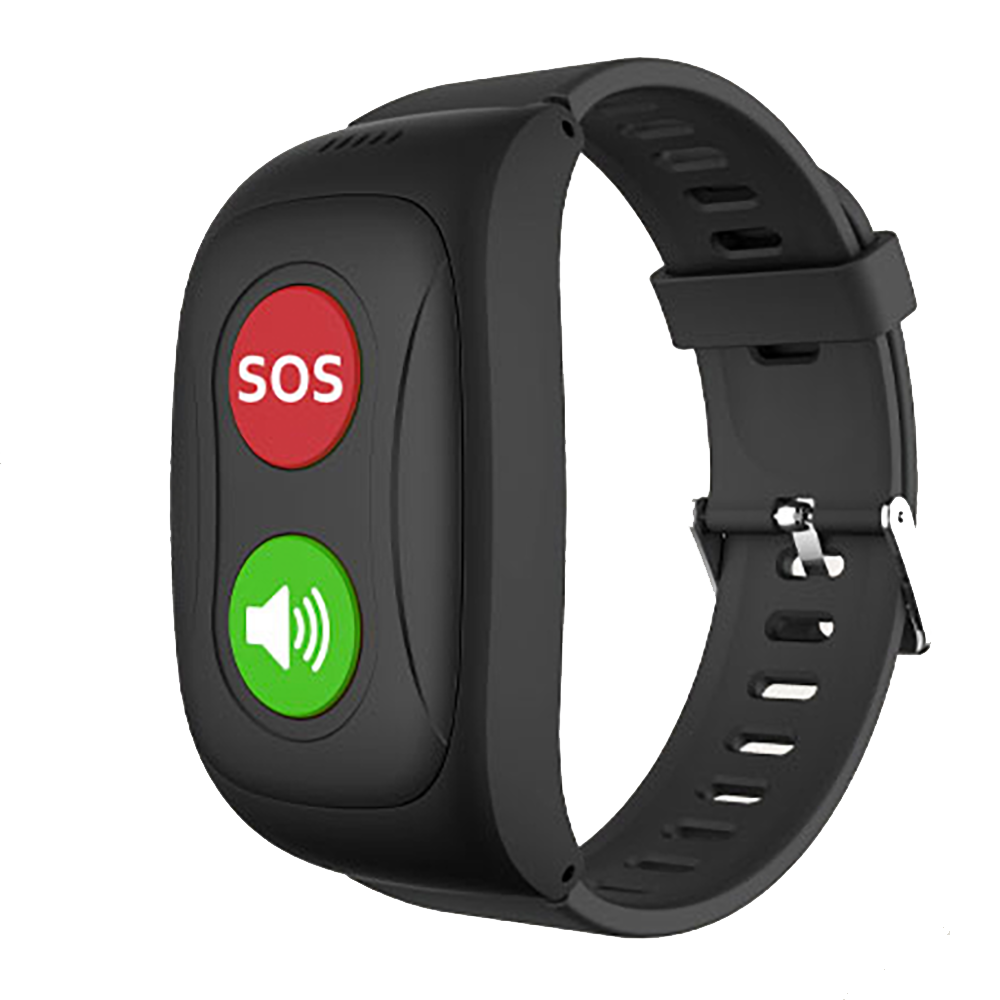Uncategorized
Fall Detection for elderly
Fall detection is a critical issue for elderly, as falls are the leading cause of injury-related deaths and hospitalizations among older adults. According to the Centers for Disease Control and Prevention (CDC), one in four adults aged 65 and older falls each year, and falls are responsible for more than 95% of hip fractures in seniors.
Falls can have serious consequences for seniors, including fractures, head injuries, and even death. They can also lead to decreased mobility and independence, as well as a decrease in overall quality of life.
There are several factors that can contribute to falls in seniors, including medical conditions such as arthritis, Parkinson’s disease, and vision impairment, as well as environmental factors such as cluttered or uneven surfaces.
To help prevent falls and protect seniors from their potentially devastating consequences, there are several fall detection technologies available. These include:
Wearable devices: These are small, portable devices that can be worn on the body, such as a wristband or pendant. They typically use sensors to detect falls and send an alert to a caregiver or emergency services. Some wearable devices also have features such as GPS tracking, which can help locate the person if they are unable to communicate their location.
Smart home devices: These are devices that can be placed throughout the home to detect falls and send an alert. They may use sensors such as motion detectors or pressure sensors to detect falls, and they can be triggered by a fall or by pressing a button. Some smart home devices also have features such as two-way communication, which can allow the person to speak with a caregiver or emergency services.
Fall detection apps: These are smartphone apps that use the phone’s sensors to detect falls and send an alert. They may use data from the phone’s accelerometer and gyroscope to detect changes in motion that may indicate a fall. Some fall detection apps also have features such as location tracking and two-way communication.
It is important to note that fall detection technologies are not foolproof and should not be relied upon as the sole means of fall prevention. They should be used in conjunction with other fall prevention strategies, such as exercising to improve balance and strength, using assistive devices such as canes or walkers, and making home modifications such as installing handrails and removing tripping hazards.
Seniors and their caregivers should also be aware of the limitations of fall detection technologies and understand that false alarms and missed falls are possible. It is important to test and calibrate the devices regularly to ensure that they are functioning properly, and to have a plan in place for responding to falls or other emergencies.
In conclusion, fall detection is an important issue for seniors and their caregivers. By using fall detection technologies and other fall prevention strategies, seniors can reduce their risk of falls and the potentially serious consequences that can result. It is important to be aware of the limitations of these technologies and to use them in conjunction with other fall prevention strategies to ensure the safety and well-being of elderly.

